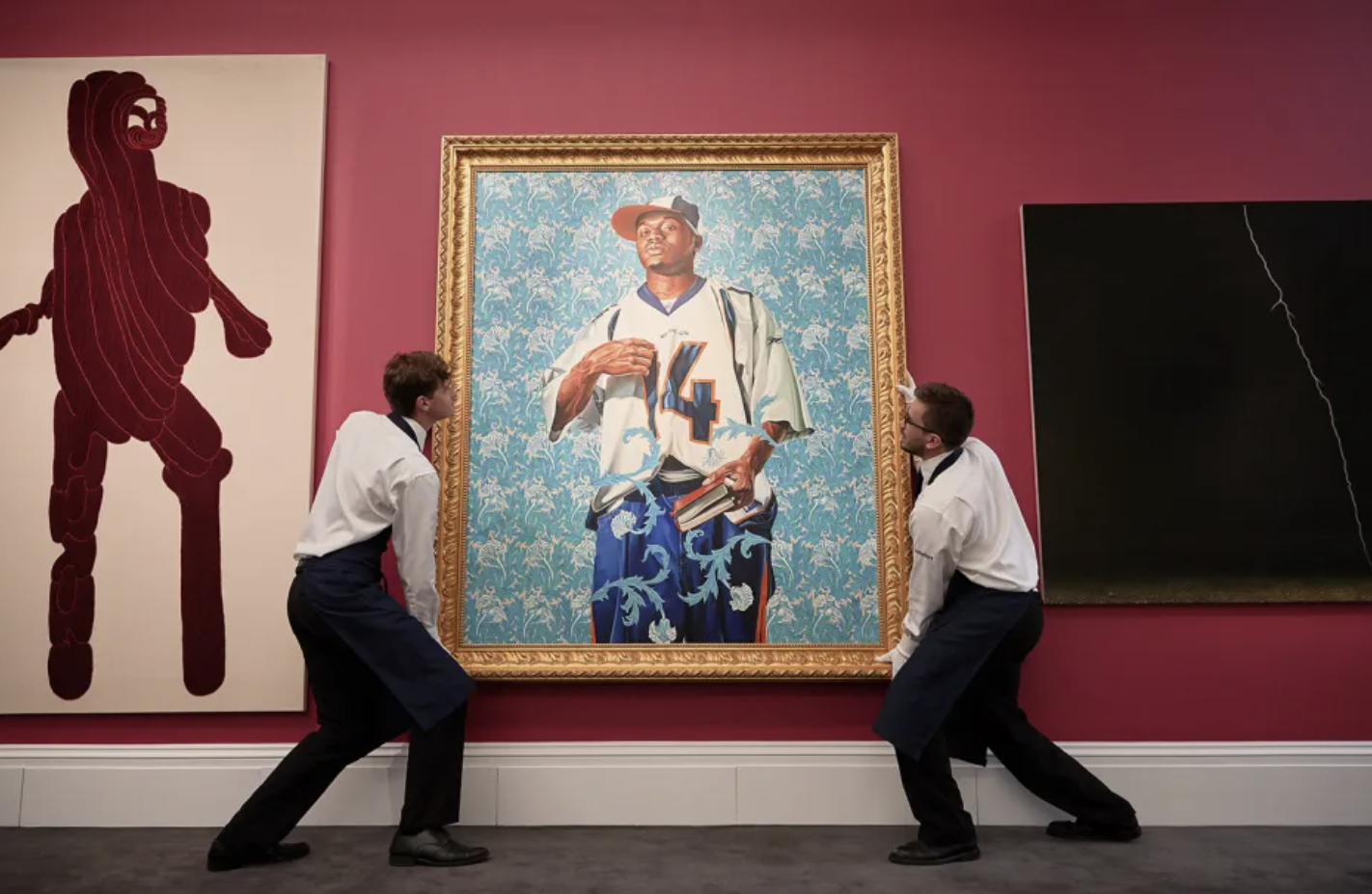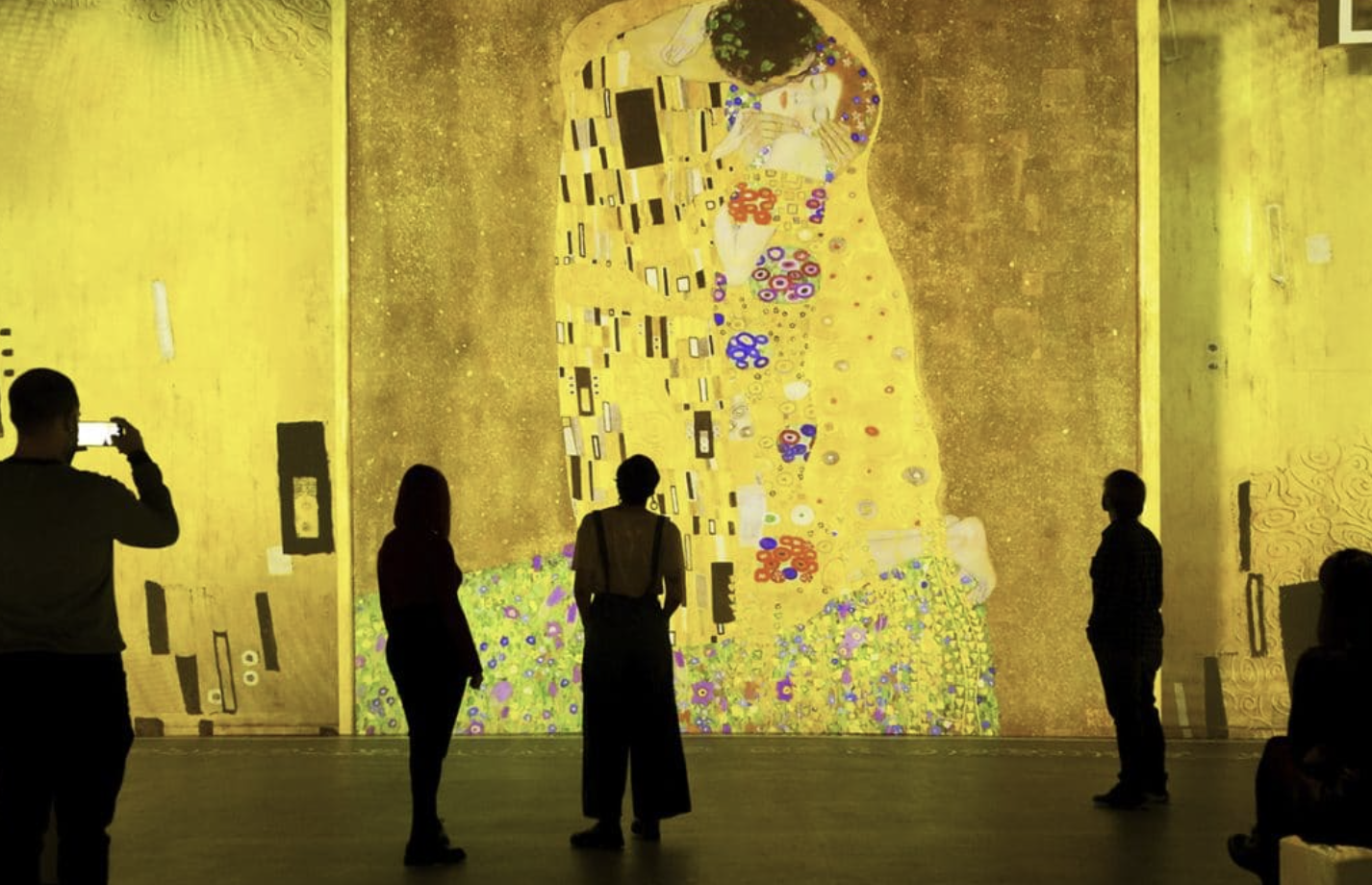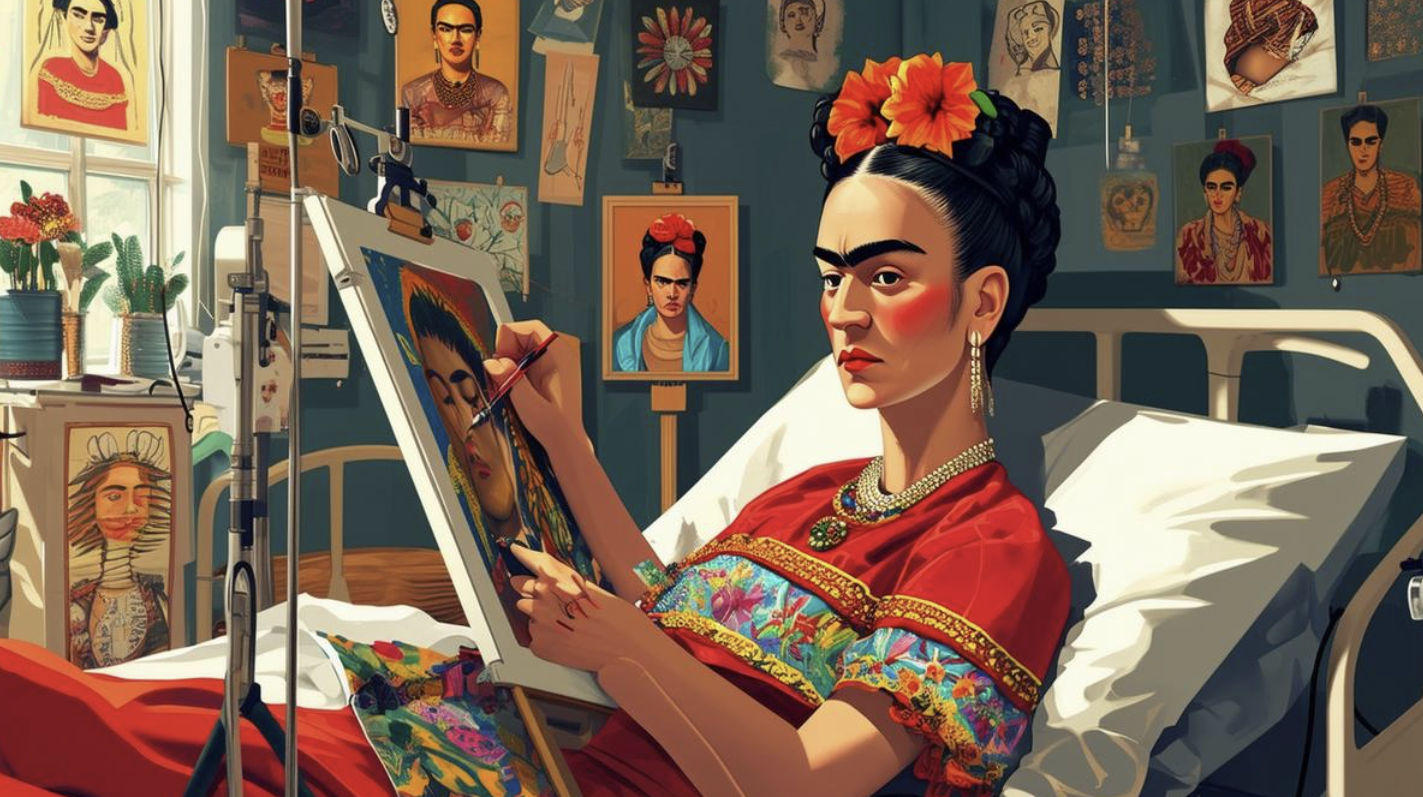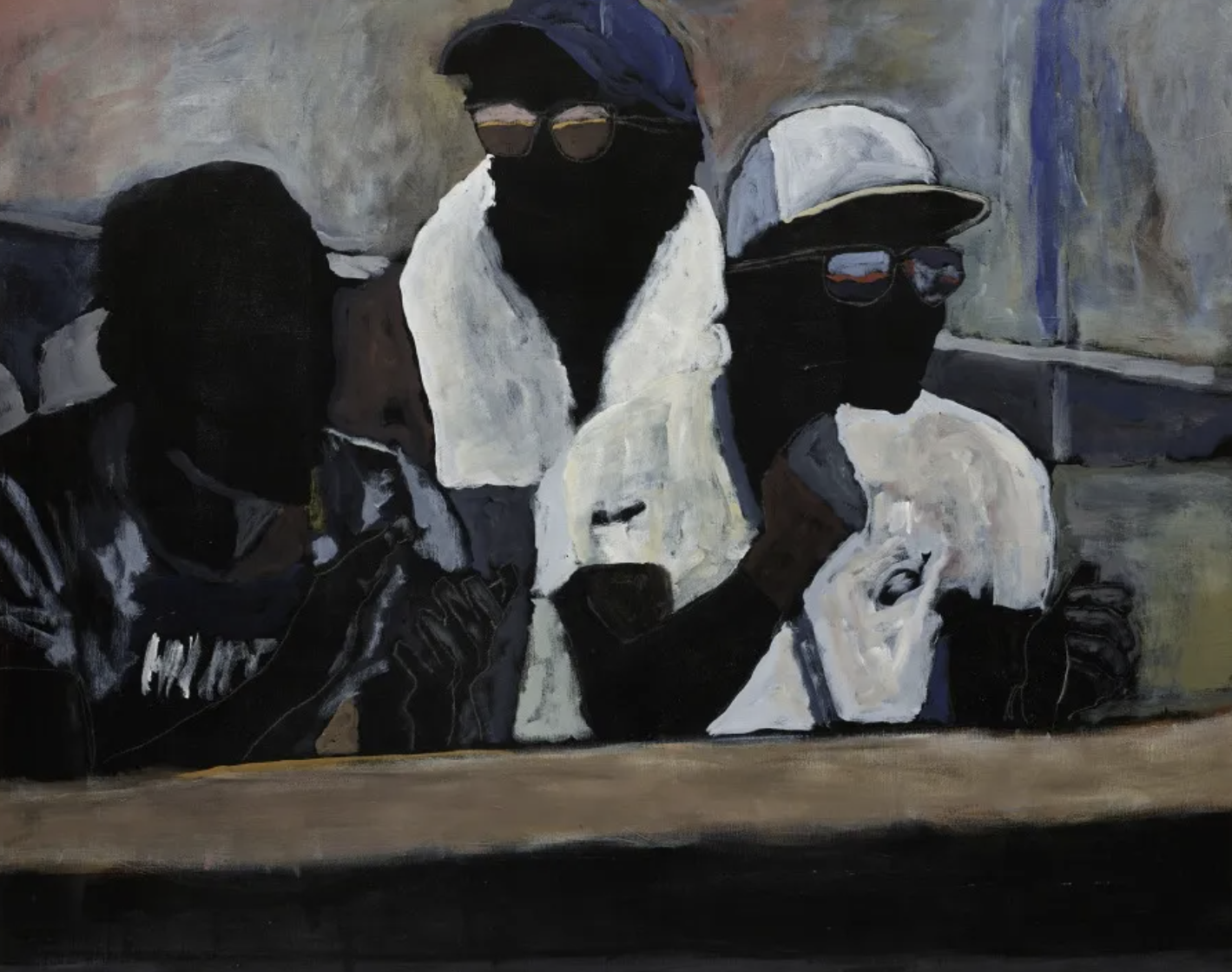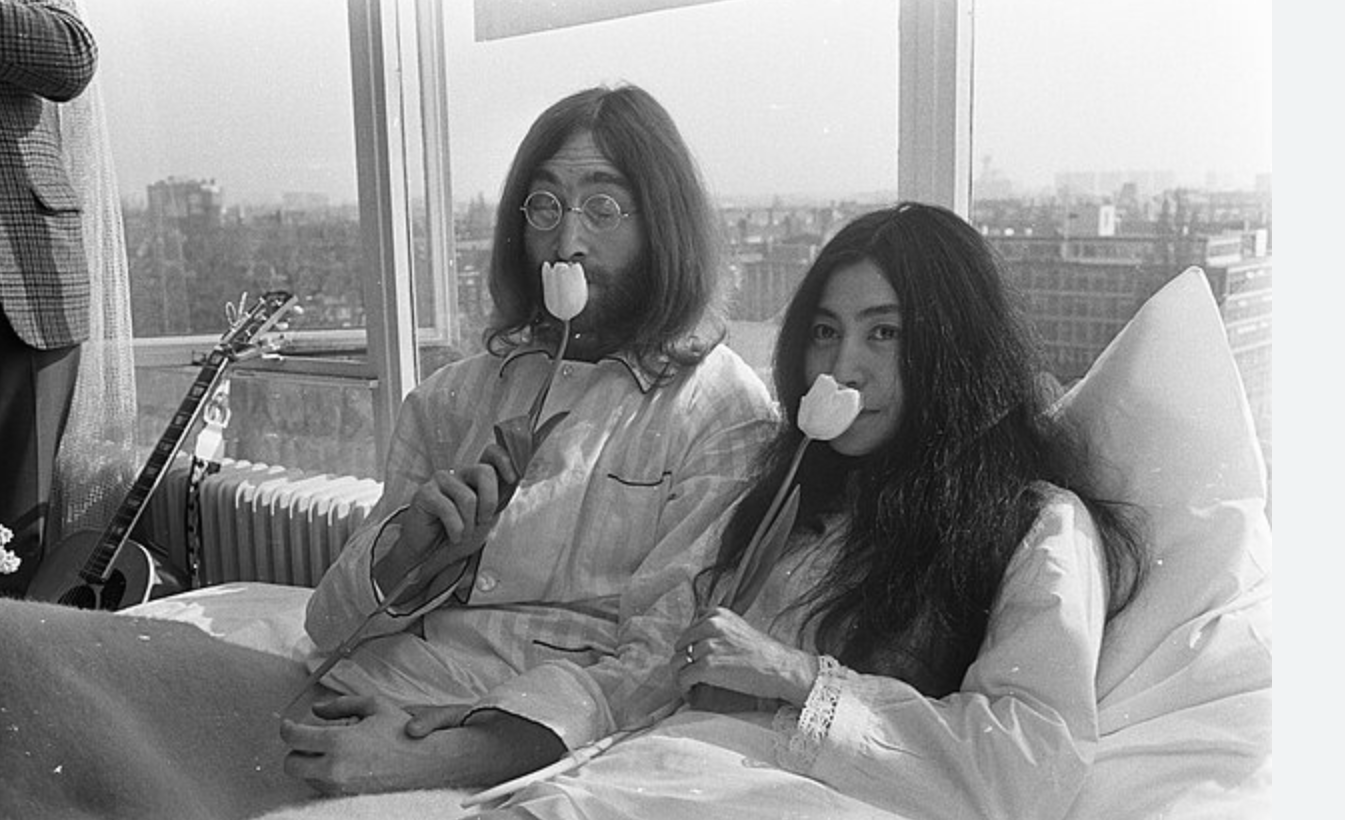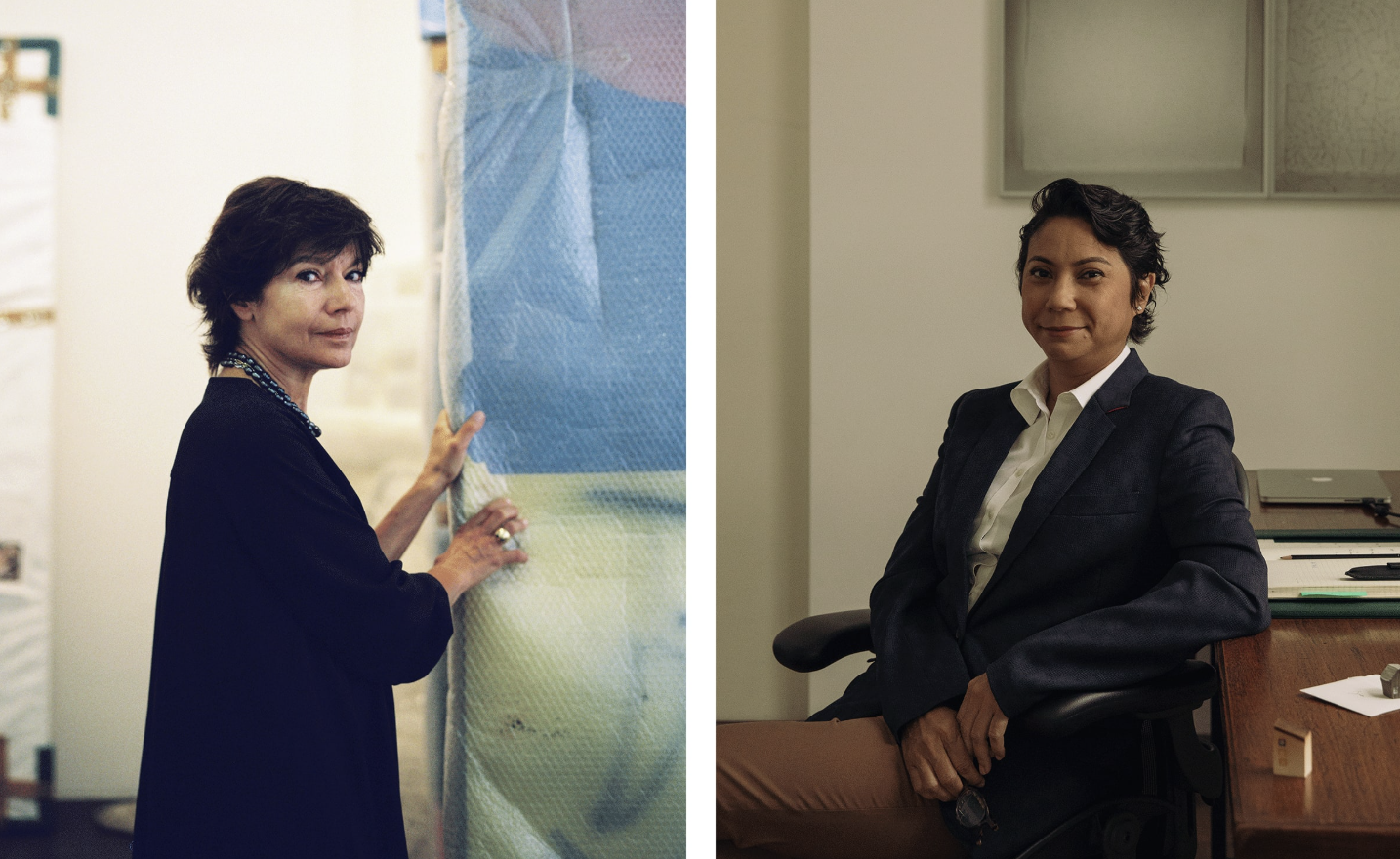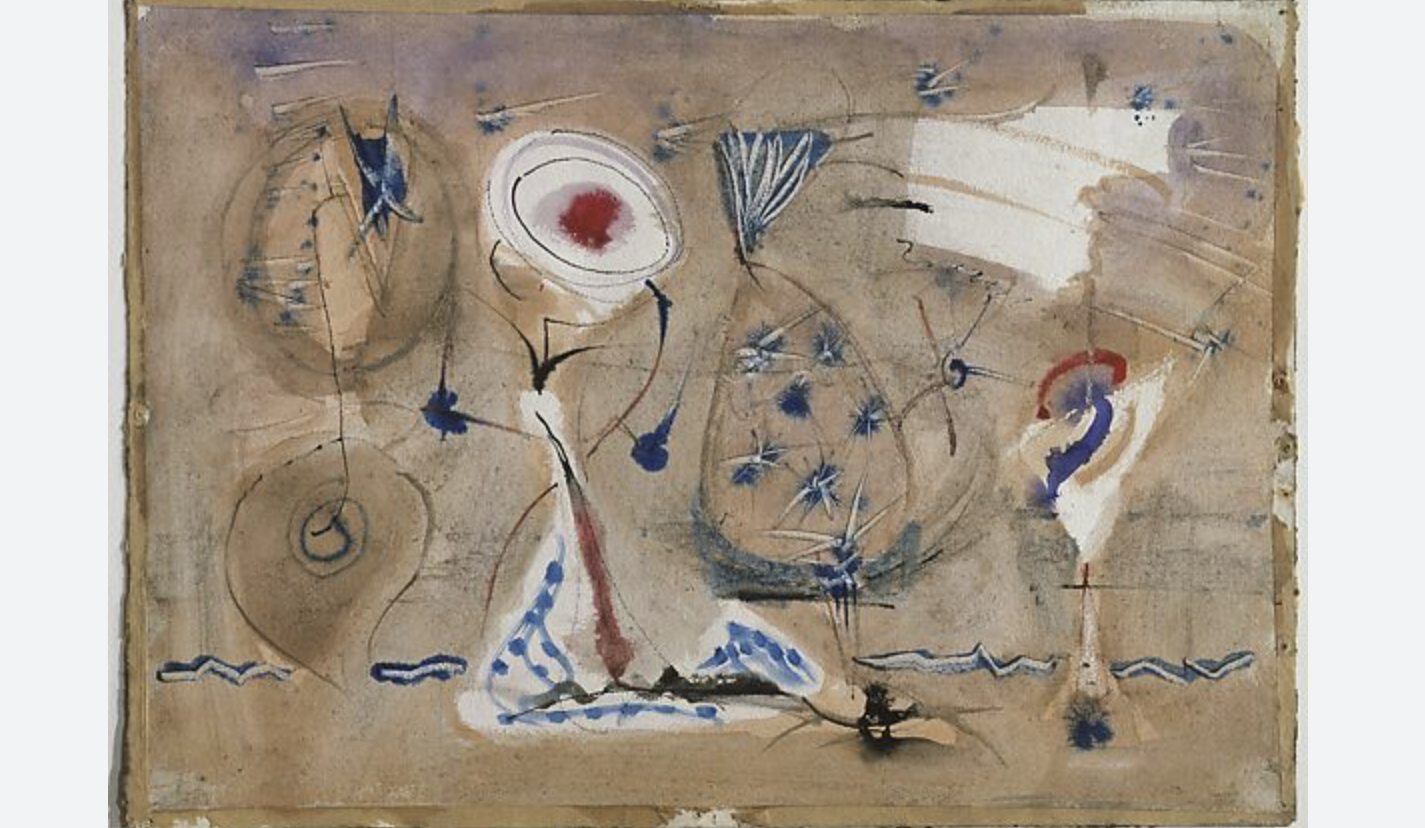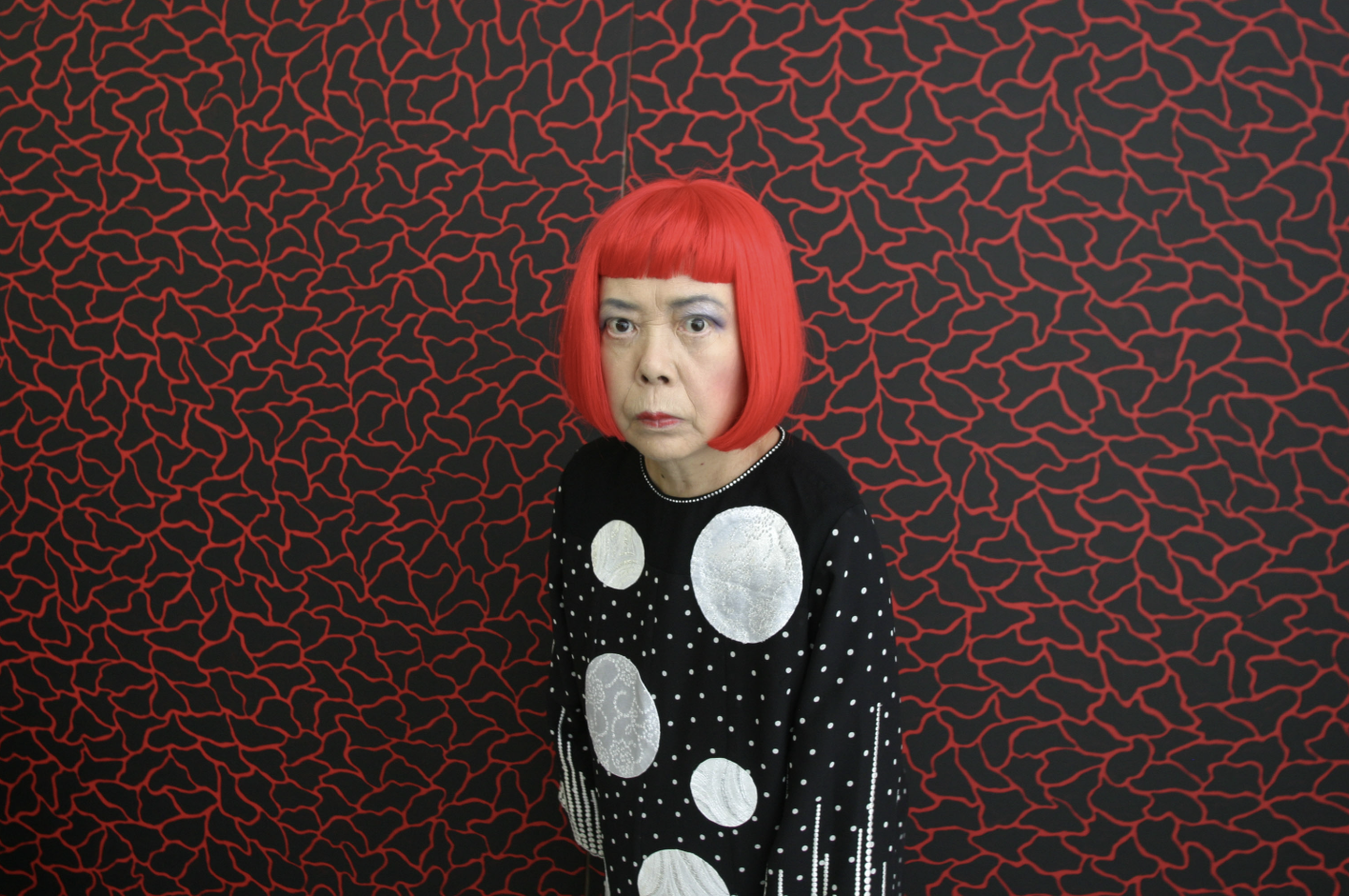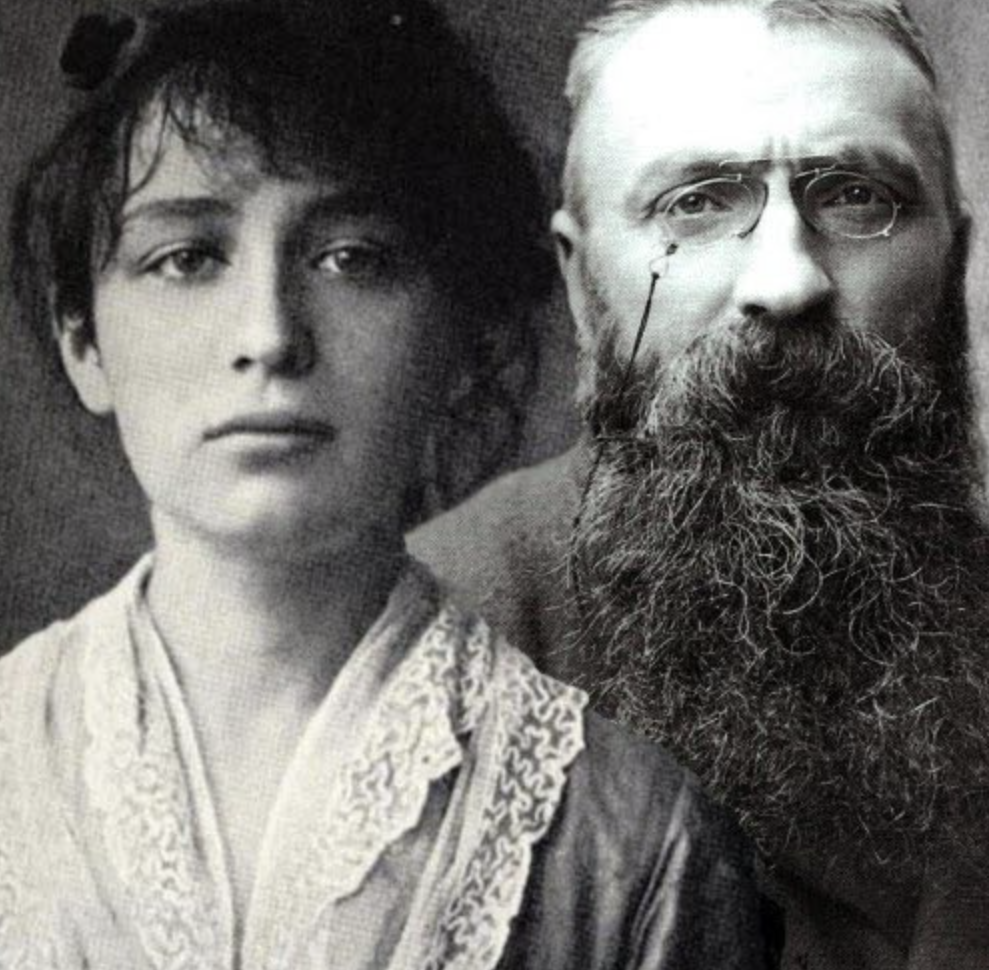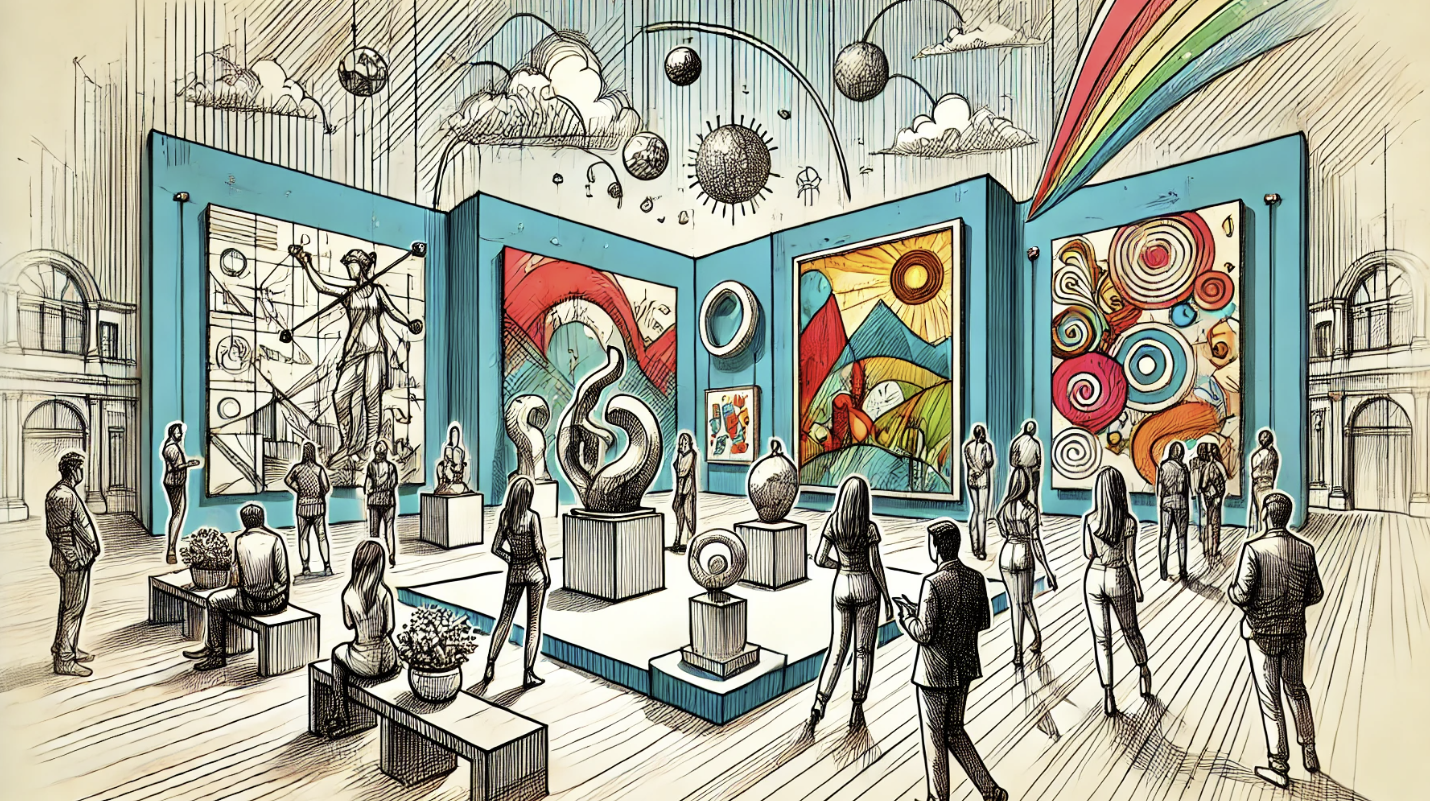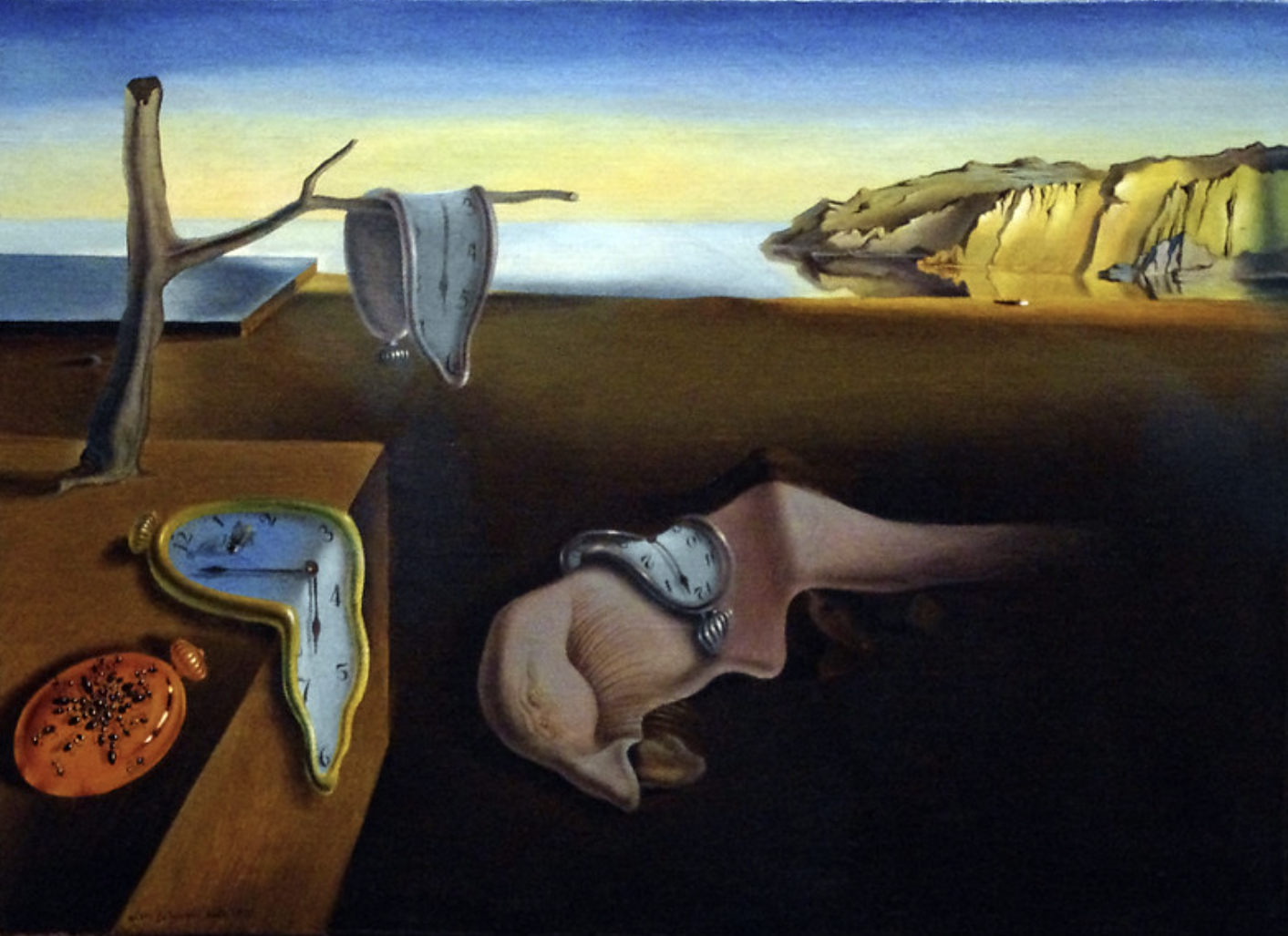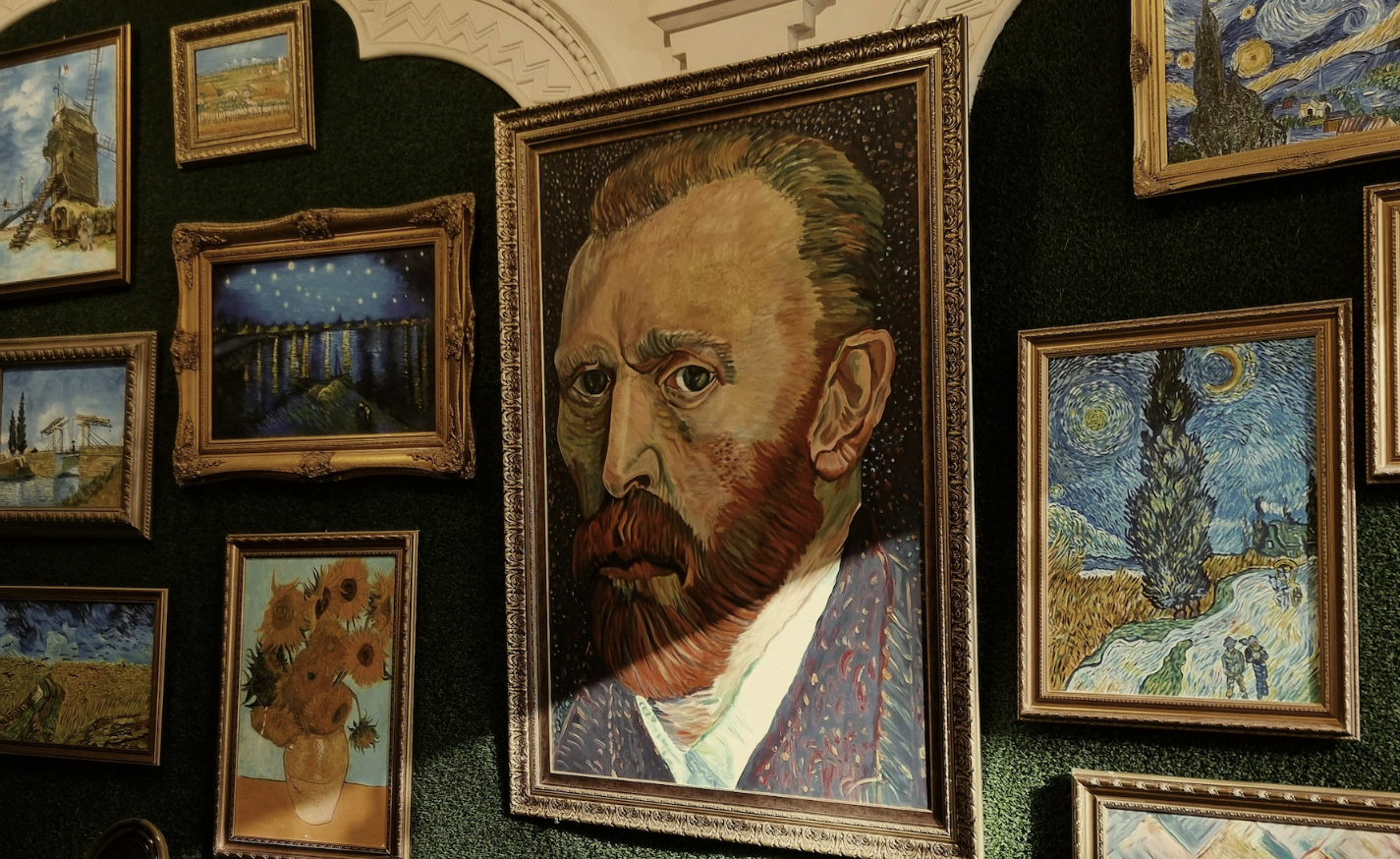
The #MeToo movement has been a powerful catalyst in bringing attention to the issues of sexual assault and abuse, particularly in how they affect women. However, its influence has rippled through various fields, including politics, education, Hollywood, sports, and even the world of art. This shift has reignited feminist conversations and highlighted the ongoing challenges of gender inequality. One of the key discussions it has sparked is whether we can separate an artist’s work from their personal behavior. The question, “Can we, or should we, separate the art from the artist?” as posed in the HBO documentary Allen v. Farrow, is one that continues to resonate.
One woman’s life story, that of Jo van Gogh, provides a fascinating lens through which we can explore this debate, especially in relation to the famous artist Vincent van Gogh. Jo’s pivotal role in shaping Vincent’s legacy is finally gaining the recognition it deserves, largely due to her unwavering determination and selflessness.
The Woman Behind Vincent van Gogh’s Legacy
Jo Bonger, a woman of modest beginnings, was introduced to the world of art and intellectualism when she met Vincent’s younger brother, Theo van Gogh, in 1885. Theo, a passionate art dealer in Paris, quickly proposed to Jo after just two meetings. Though she initially declined, Jo’s curiosity about art and culture eventually led her to accept his proposal a year and a half later.
Jo came from a typical middle-class family, and entering the vibrant, bohemian world of Paris during the Belle Époque was a profound shift. Theo’s circle of clients consisted of bold and visionary artists like Gauguin, Pissarro, and Toulouse-Lautrec, who were challenging traditional notions of realism in art. As Jo became more immersed in Theo’s work, she realized that she was living during a critical time in the evolution of modern art.
Vincent’s Influence and Struggles
From the very beginning, Theo spoke highly of his brother Vincent, whose art, filled with emotion and intensity, seemed to speak of personal turmoil and suffering. Jo was surrounded by Vincent’s paintings and sketches, many of which arrived from various parts of Europe as Vincent, always in motion, continued creating. He sent these works to Theo in the hope that he could sell them. In turn, Jo became captivated by modern art and began learning about the intricacies of composition and color theory, all while living amidst Vincent’s revolutionary art.
When Vincent visited the family in Paris in 1890, Jo was surprised by his strong and imposing presence, having heard only of his troubled, fragile state. During this visit, Vincent’s mental health continued to decline, leading to a tragic incident where he shot himself. While some historians speculate that his death may have been the result of foul play, the family was devastated. Just three months later, Theo passed away from syphilis, leaving Jo with little more than her memories, her son, and hundreds of Vincent’s artworks.
A Woman’s Unlikely Journey in the Art World
Jo van Gogh-Bonger was not trained in art or business, yet she was determined to secure Vincent’s legacy. She faced immense challenges in a male-dominated field, yet her efforts were relentless. It wasn’t until historian Hans Luijten gained access to Jo’s diaries in 2009 that the full extent of her role in making Vincent famous became clear. Luijten spent years studying Jo’s journals and letters from Theo and Vincent, eventually publishing a book about her life and contributions.
After Theo’s death, Jo returned to the Netherlands and began organizing Vincent’s works, dedicating herself to ensuring that his life and art were properly appreciated. As she read through the letters between Theo and Vincent, Jo educated herself on art criticism and began attending intellectual circles of artists and poets. She quickly realized that for Vincent’s art to be understood, it had to be presented alongside his words. The connection between his life and his paintings needed to be emphasized.
Fighting for Recognition
Jo’s persistence in getting Vincent’s art seen and appreciated was truly remarkable. Despite repeated rejections from art critics and dealers, she continued her fight. In one of her journal entries, she wrote, “We women are for the most part what men want us to be,” reflecting the struggle she faced in asserting her voice. But Jo was determined not to let the expectations of others define her.
Finally, in 1892, Jo succeeded in arranging Vincent’s first solo exhibition in Amsterdam, which marked the beginning of a series of exhibitions that gained Vincent the recognition he deserved. By 1905, Jo organized what would become the largest van Gogh exhibition in history at the Stedelijk Museum in Amsterdam. This event catapulted Vincent into the limelight and solidified his place as one of the most important artists of the modern era.
A Lasting Legacy
Jo’s determination did not end with her exhibitions. In 1916, she moved to New York with the aim of making Vincent’s name known in America. Despite battling Parkinson’s disease, Jo continued to promote his works, shipping paintings and sketches to museums and galleries until her death in 1925.
Thanks to Jo’s relentless efforts, Vincent van Gogh’s legacy continues to thrive. His works are now among the most celebrated in the world, and his life story, once overshadowed by personal struggles, is now seen as a testament to perseverance and passion. Jo’s vision and determination in the face of overwhelming odds have helped ensure that Vincent’s art and life will be remembered forever.
The Role of Women in Art Today
The story of Jo van Gogh is an inspiring reminder of the contributions women have made throughout history, even when their roles have been minimized or overlooked. As the #MeToo movement continues to shed light on the inequities faced by women, Jo’s story serves as a powerful example of how one woman’s efforts reshaped the art world.
Her journey reflects the broader themes of the #MeToo movement — resilience, determination, and the fight for recognition in a world that often undervalues women’s contributions. By telling her story, we not only honor Jo van Gogh’s legacy but also highlight the importance of women’s voices in shaping the world of art and beyond.






